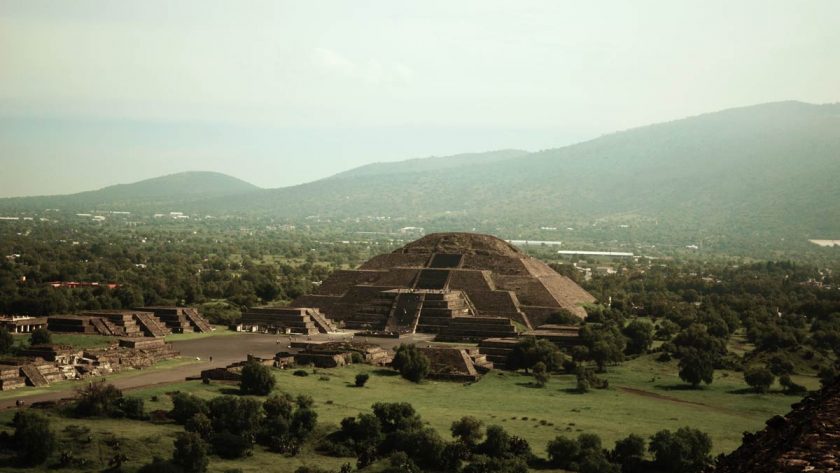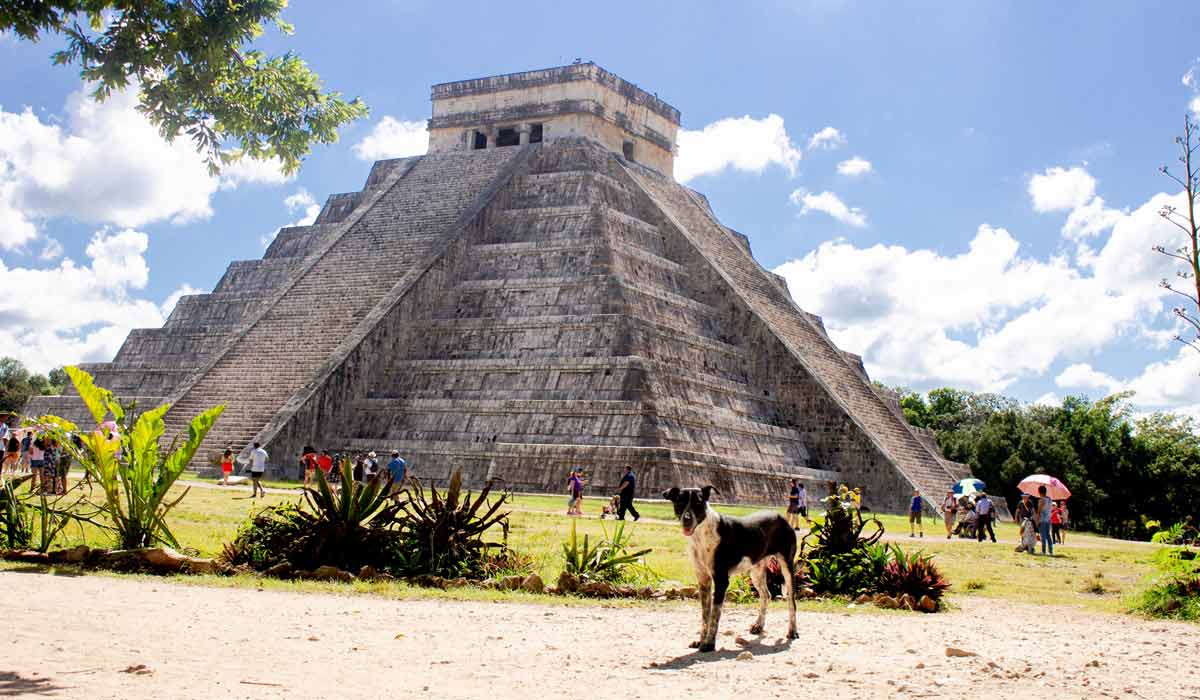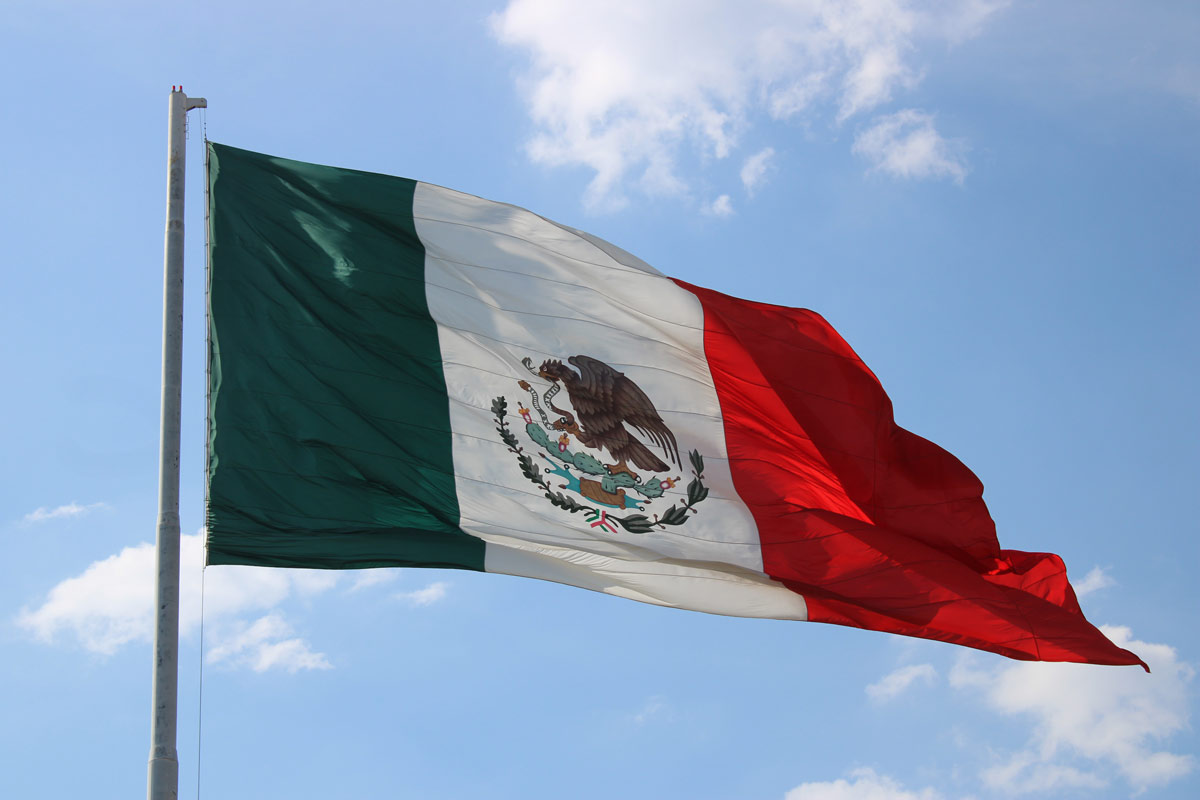This post is also available in:
 Español
Español
If you are going to visit Mexico despite the pandemic the best thing you can do is to learn the history of the country by visiting the Mayan ruins. There are hundreds of ways to visit Mexico, but a cultural immersion visiting the best mayan ruins is one of the experiences that will make your trip unique.
The Mayan civilization was one of the most developed ones in indigenous America. Along with the elaboration of their famous calendar, they built cities and temples that have marked the history of Mexico.
Although the ruins are mainly settled in the Yucatan Peninsula, more than 200 Mayan ruins of their civilizations can be seen throughout the country. Here is a selection of the best mayan ruins (a top 10) to add to your bucket list.
Pyramids of Teotihuacan
If you are visiting Mexico City you cannot miss the pyramids of Teotihuacan (which are only an hour away). This place is also called “city of the gods” and was established as one of the largest metropolis in the country. It was considered a reference in the political, economic and cultural influence of all Mesoamerica.
Today this archaeological zone is considered a World Heritage Site by UNESCO. The most important pyramid is the Pyramid of the Sun, from which you will be able to contemplate the most amazing views of the area.

Tulum
In the State of Quintana Roo, in the Yucatan Peninsula, we find the Mayan city of Tulum. Its name refers directly to its walled condition, although it used to be called “Zamá”, which means sunrise in Mayan.
Don’t miss the sunrise tour of Tulum because seeing it from the sea is one of the best experiences, it’s worth setting your alarm clock at dawn! 😉
You can’t miss “El Castillo”, a building located on the edge of a cliff that used to be a lighthouse for Mayan sailors and merchants. Its privileged location has made this place an animal paradise, in its beaches you can see a lot of exotic animals.
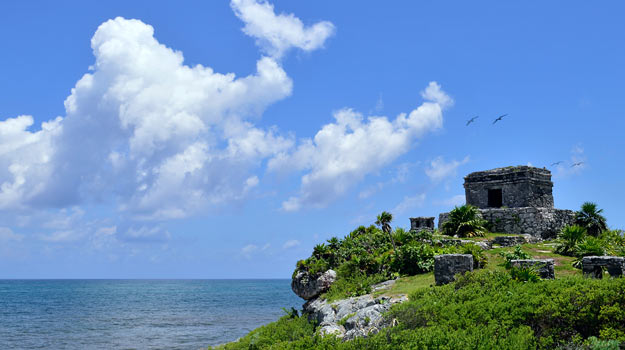
Chichen Itza
Also in the Yucatan Peninsula, the archaeological site of Chichen Itza is one of the most faithful representations of the Mayan culture. There you can find the Temple of Kukulcan, which was recognized by UNESCO as a World Heritage Site and as one of the 7 New Wonders of the World.
This temple is the most important in the city and inside you can contemplate engravings that demonstrate the knowledge of the Mayas in subjects such as geometry, astronomy and mathematics.
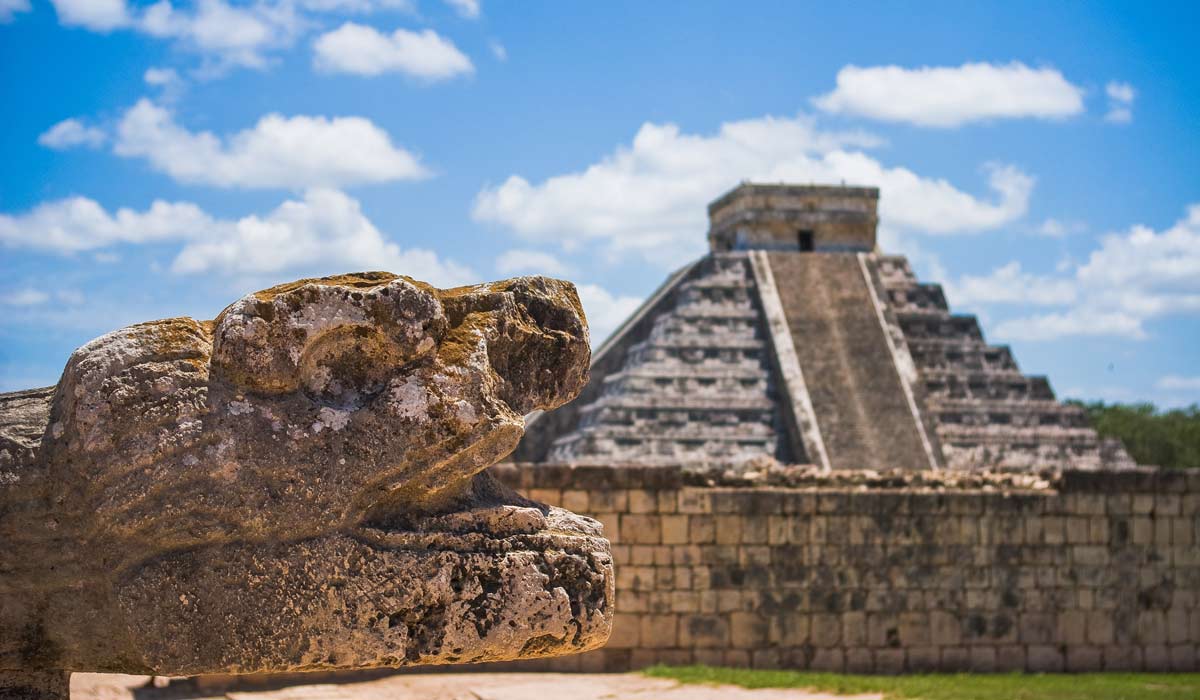
Very close to this area is the town of Valladolid, which is worth the visit. We recommend the tour of Chichén Itzá and Valladolid to enjoy both. Chichen Itza has a sacred cenote that is not suitable for swimming, but on this tour you will visit one that where you can swim. Did you know that the Yucatan peninsula has more than 10,000 cenotes?
Mayapán
The city was built following the architectural structure of its neighbour civilization, Chichen Itza. Although they differed in style, Mayapán preserved the cult of the god Kukulcán through the construction of a 15-meter castle in his honor.
Today it is one of the greatest expressions of the Postclassic Maya period and a luxury for archaeologists and historians, since the Mayas did so well that its ruins are perfectly preserved.
Uxmal
This archaeological site, also located in Yucatan, is recognized today as one of the most representative sites of the Mayan lifestyle. And it is recognized as a World Heritage Site by UNESCO.
The civilization stands out for its modern structure divided by causeways and also for its ornate buildings. In the center of the ruins you will find the Pyramid of the Magician, considered as the greatest representation of the cosmos and the gods, divided into five levels that were intended to gradually approach the sky.
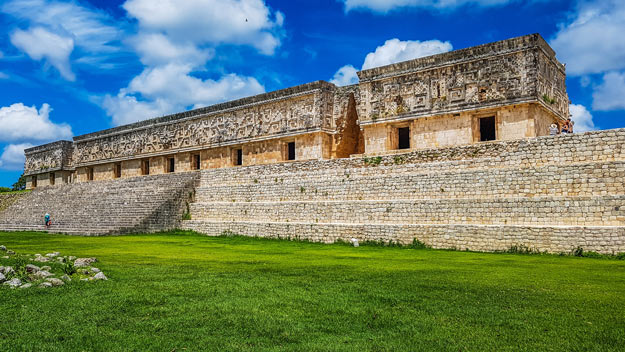
Calakmul
The kingdom of Calakmul (formerly called Oxte’Tun) was one of the largest ones in the territory of Campeche and has some of the best mayan ruins (in terms of conservation). Its name in Mayan means: two adjacent mounds, and refers to the structures that delimit it and place it in the center of the jungle.
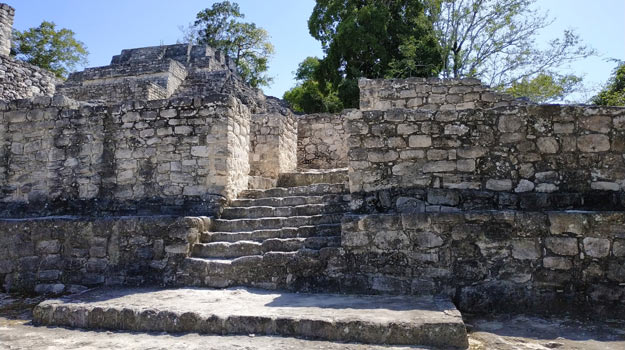
It contains more than 100 Mayan Stelae preserved in good conditions. The Stelae are stone monoliths on which the Mayans engraved important dates and information about the lives of the citizens… well, sort of like a local “newspaper”. 🗞
Ek Balam
These Mayan ruins are famous for their cultural richness. The Mayans began to be concerned about “interior design” and included naturalistic mural paintings, vaults and decorations in the civilization’s buildings. In addition, the Mayans also became more “accessible” since they provided their buildings with ramps at the entrances.
Some of the entrances to the sacred places used to have a basin for purification and a container for offerings. Undoubtedly we would say that these ruins are adapted to the modern world.
Coba
In the northwest of Tulum we can find the Mayan ruins of Coba. Its name refers to the lakes that surround it. This city became one of the most powerful cities in Yucatan and stood out for its remarkable economic, political and social growth.
If you visit these ruins you cannot miss the astronomical observatory of Xaibé, built with an oval base, like the Pyramid of the Soothsayer in Uxmal. The Mayans were very interested in astrology… otherwise why else would they have created their famous calendar? 🗓
Palenque
An essential visit to understand Mayan history. Along with Chichen Itza, it is one of the most representative “towns” of the Mayan culture. Thanks to its excellent preservation it is also considered a World Heritage Site by UNESCO.
Palenque stands out for its sculpture and architecture, many of the temples of the city are preserved today in very good condition thanks to the construction of these as a complex of buildings connected to each other. It is said that the elites met in these areas.

Becán
The Mayan ruins of Becán, famous for the moat that surrounds them, are located in the State of Campeche. As its name indicates, Becán means “road or cavity through which water flows” and, as beautiful as appears the moat of water around it was actually used for protection in war conflicts.
Becán was considered the capital of Campeche, since it was a crucial trade center. Of course, merchants had to access through one of the 7 entrances to the town, unless they wanted to go for a swim.
Now that you have all this information about the Mayan culture we are convinced that you have surely added some of these ruins to your roadmap 😉 Have you already visited any of these ruins? if you haven’t yet…. how long do you think you can resist?

